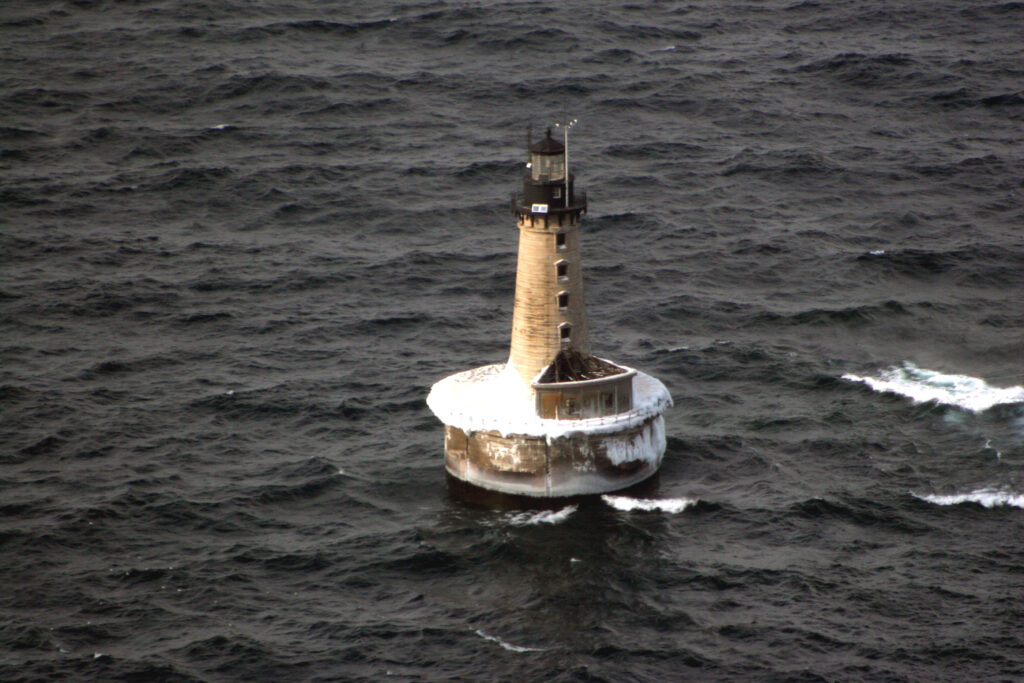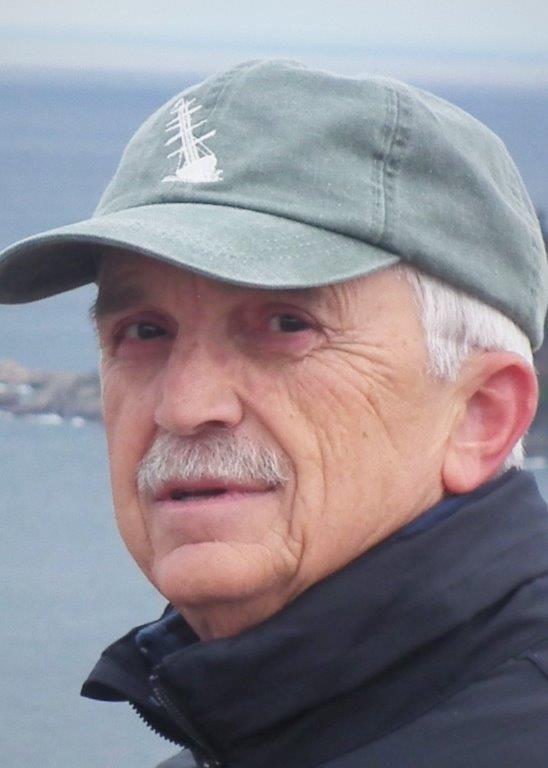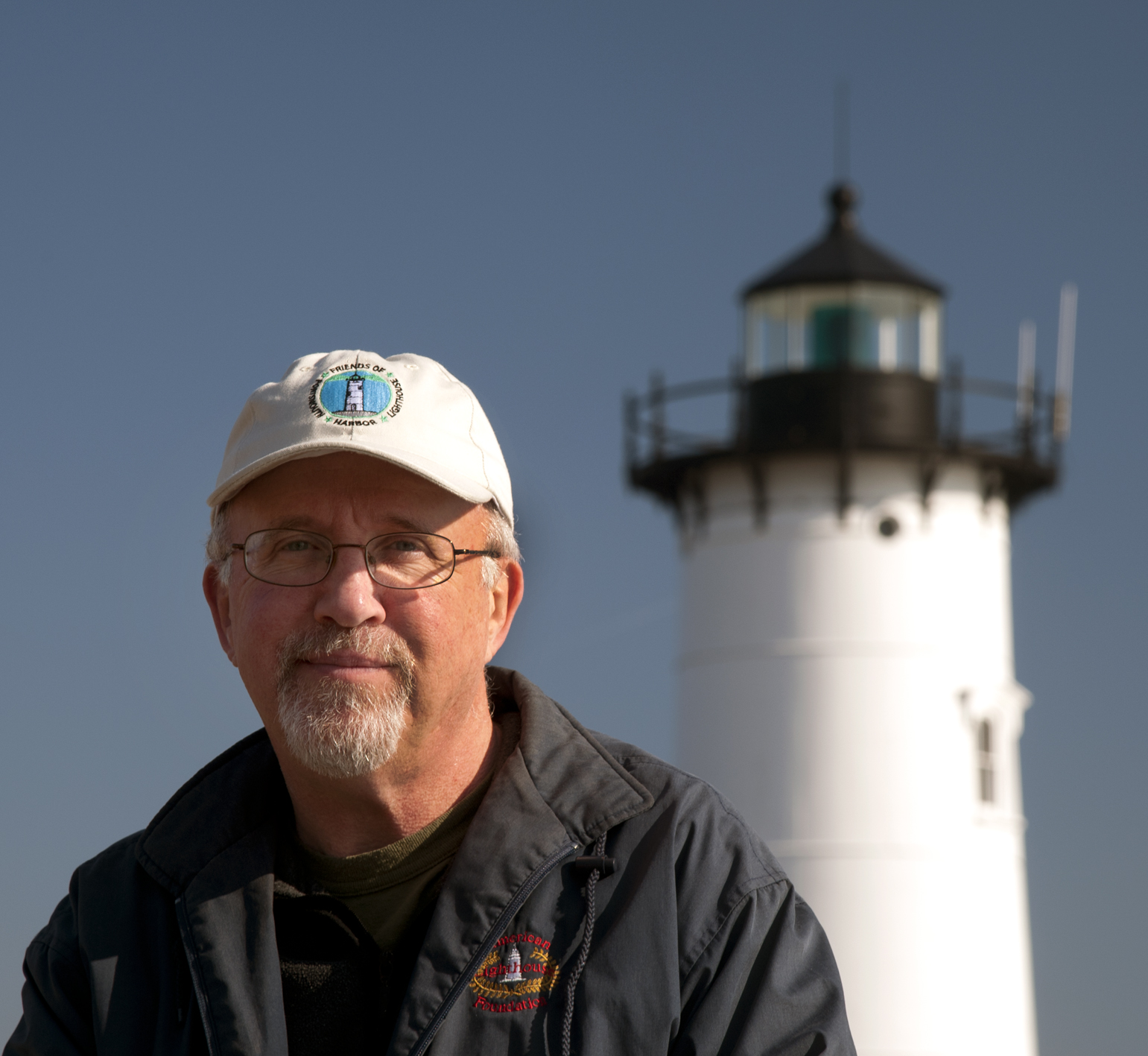Stannard Rock Lighthouse in Michigan was nicknamed by its keepers “the loneliest place in the world.” Coast Guard keepers called it “Stranded Rock.” Located about 24 miles from the nearest shore on Lake Superior, it’s the most isolated light station in the United States. The construction of the lighthouse took 240,000 tons of rock and iron, and took five years to complete. With a rotating second-order Fresnel lens, the light began service on the Fourth of July in 1882.


The light was automated in 1962. In 2015, ownership was transferred to the Superior Watershed Partnership, an award-winning Great Lakes nonprofit organization. The lighthouse now serves as a climate research station.

Carl Lindquist is the founder and executive director of the Superior Watershed Partnership.
Frederick Stonehouse is the author of more than thirty books including the best-selling The Wreck of the Edmund Fitzgerald. He’s also been a consultant for both the U.S. National Park Service and Parks Canada.
Listen to the podcast with this player:
Podcast: Play in new window | Download (Duration: 48:16 — 34.2MB) | Embed

Jeremy D’Entremont is the author of more than 20 books and hundreds of articles on lighthouses and maritime history. He is the president and historian for the American Lighthouse Foundation and founder of Friends of Portsmouth Harbor Lighthouses, and he has lectured and narrated cruises throughout the Northeast and in other regions. He is also the producer and host of the U.S. Lighthouse Society podcast, “Light Hearted.” He can be emailed at Jeremy@uslhs.org


I really enjoy your podcasts and thank you for them.
What is meant by ‘jelly jar’ lighting? Like a Vega beacon-style optic?
Lighthouse lenses do have identifying numbers incised on frames. Don’t they all? Is it accurate for Mr. Stonehouse to say, “As you know, old Fresnels did not have serial numbers.”
I’m trying to remember the context of Fred Stonehouse using the phrase “jelly jar lighting.” He may have been referring to the Vega VLB-44 optics, which may look a bit like a certain kind of jelly jar. Here is what USLHS technical consultant Tom Tag has to say about serial numbers on Fresnel lenses:
“Most Fresnel lenses had no serial numbers. All of the early lenses prior to about 1870 had only a maker’s mark. Later some were marked, like Henry-Lepaute lenses had HL-330 indicating Henry-Lepaute lens number 330. BBT marked some of their lenses as did Barbier and Fenestre. The USLHE and USLHS marked a few lenses in the late 1890s and after with USLHS 412 or just No. 206 etc.